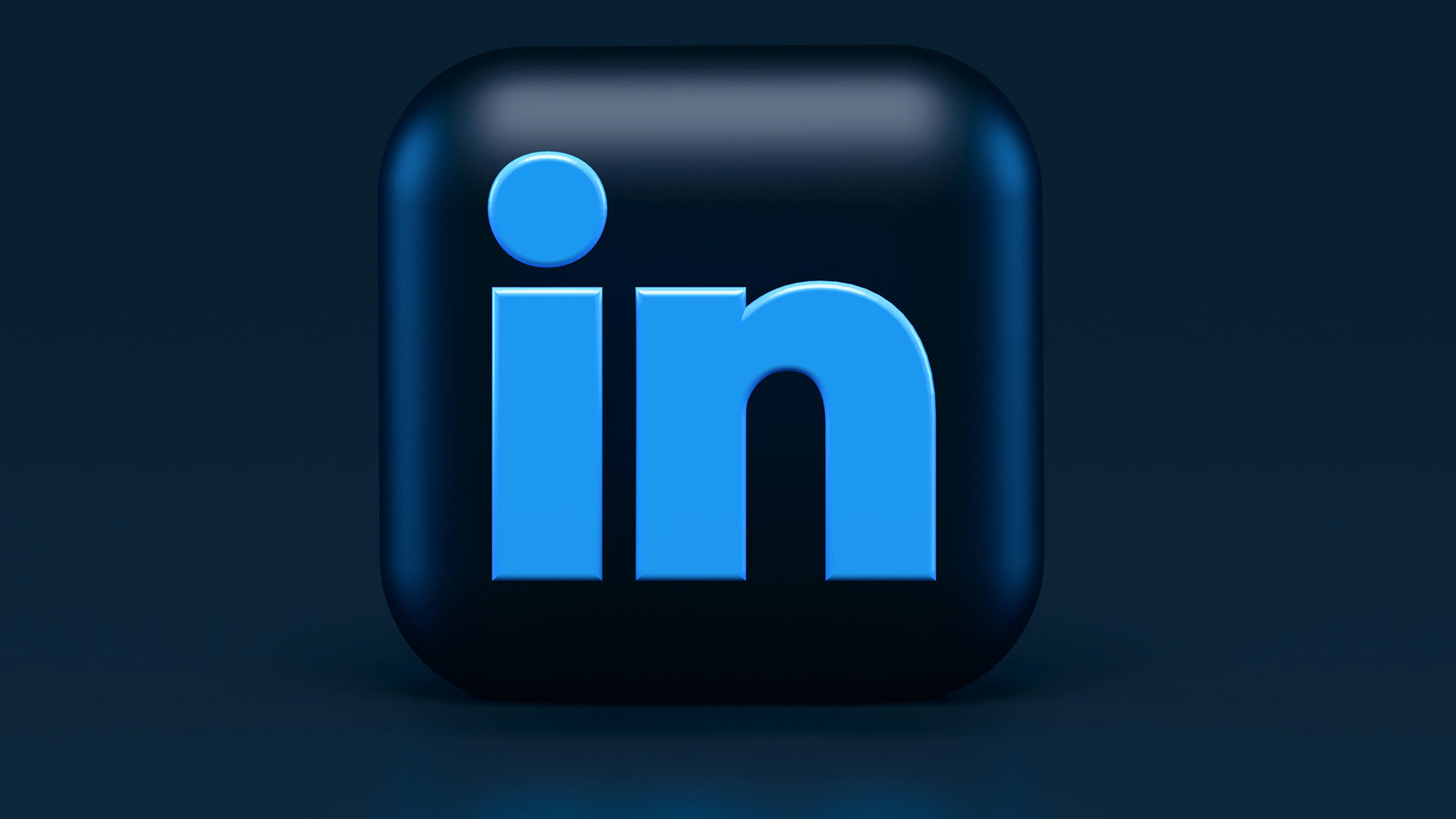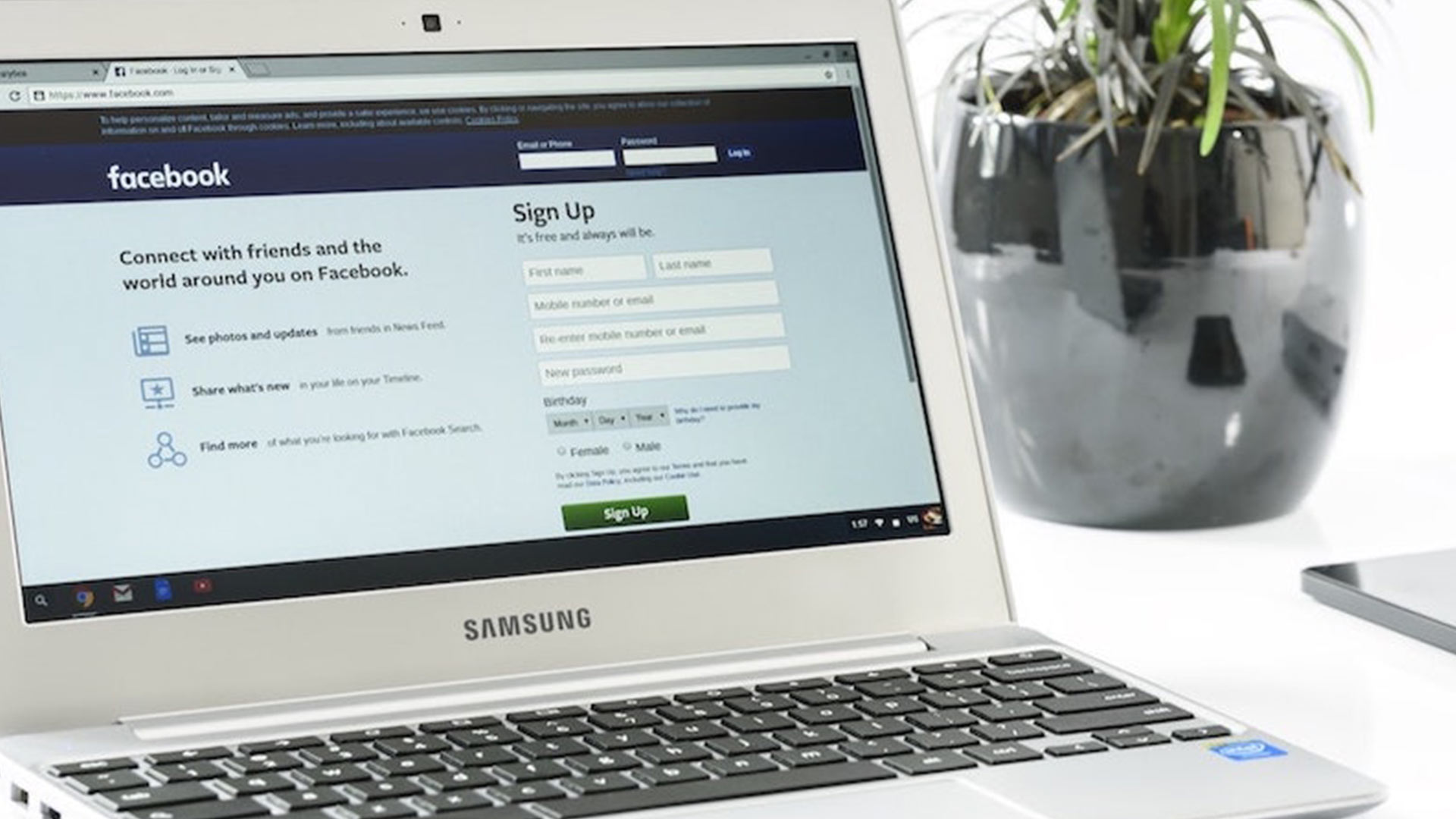Every January, marketing pros come out with their “top trends” to watch for the upcoming year. These are popular and helpful resources since marketing always seems to be changing, and it can be difficult to keep up with all the trends. But we rarely take time to look back and highlight what marketing trends actually worked.
At Green Apple, we’re constantly looking for new ideas or strategies that might help our clients achieve their goals. We also recognize that one of the most helpful tactics can be to stop and reflect on what’s working and what’s not. As we head into Q4 of 2022, we thought we’d take some time to reflect on the first nine months and highlight the marketing trends that have been most effective so far this year.
7 Surprising New Marketing Trends that Work
While AI, visual content, and personalization were all hot trends heading into 2022, here are seven tactics we found to be most helpful for our clients this year:
1. Flexible Strategies that Pivot
Most companies head into a new year with a comprehensive marketing plan that lasts 12 months. The problem occurs when the strategies and tactics fail to produce results. Then what?
The one trend that everyone can depend on is that tactic effectiveness will change and shift throughout the year. We’ve found that developing flexible approaches that anticipate changes can be one of the most valuable ways to pivot your marketing efforts without abandoning your entire strategy.
2. Surprise & Delight
Consumers are seeking comfort and delight as they emerge from the pandemic. This year, we’ve seen incredible results from taking time to show appreciation and bring joy to someone’s day through surprise and delight strategies. These moments work as a brand differentiator, and they can also be a highly effective strategy for fostering long-term customer loyalty.
3. Adapting Content Strategies to Meet Changing Consumer Habits
The way people consume content has changed. While video-based content and social media were at the forefront of the discussion this year, it’s particularly important to consider your audience’s preferences when crafting your content strategy in 2022. A decade ago, most marketers focused primarily on written content, whether online or in print. Today’s businesses must consider the way content marketing and consumer habits have evolved.
4. Promoting Your Corporate Social Responsibility Platform
As conscious consumerism continues to gain steam, many companies have made social responsibility part of their company DNA. On a large scale, we saw numerous companies highlight their plan to reduce their carbon footprint in 2022. But even on a smaller scale, we’ve seen the power of highlighting your company’s desire to make a positive difference in your community.
5. Employee Engagement
In today’s digital world, it’s essential to make an effort to know your customers on a personal level. Without it, your digital marketing efforts are likely to fall flat. Getting your employees involved in your marketing has become a powerful strategy. Shifting your marketing strategy from product- or service-centered to people-centered could be a helpful strategy as you look for ways to connect with your audience in Q4 and beyond.
6. Micro-Stories & Bite-Size Content
Tiktok and other video-based marketing channels were all the rage at the beginning of the year. And while they’re influence has undoubtedly grown, we’ve seen the “micro-content” trend expand to nearly every marketing channel. For example, we’ve seen incredible success in helping our clients reformat content into micro-infographics for media. In short, the easier we can make it for people to read and digest our content, the more likely they’ll share it.
7. SMS Marketing
Text campaigns were one of those surprising trends that no one was really talking about at the beginning of the year. And yet, it seems like so many companies have turned to SMS marketing as a way to reach customers. SMS messages have an open rate of 98%, making texts the superior marketing channel. While many B2C companies have used SMS for product alerts and promotions, we’re curious to see if there are ways B2B companies can utilize it to engage customers as the tactic continues to evolve.
While you might not be able to predict which channels and tactics will really work next year, you can embrace the timeless principles and strategies that are behind them.









